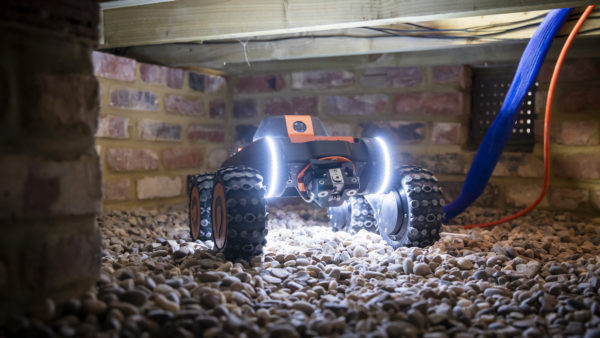Combatting the impact of Covid-19 will require new efforts to build resilience into the construction sector’s operating methods, says a report on the trends set to impact the construction industry globally in 2020 from cloud platform provider Asite.
Nathan Doughty, Asite CEO, said: “When we began our research, we could not have known how drastically the world would change in such a short time. This change and the impact of the Covid-19 outbreak has impacted our findings and will continue to shape our industry long after the pandemic has passed.
“Now more than ever, I believe our industry needs to come together and operate as the global industry it is to solve future challenges and build resilience.”
The report says digital engineering and the establishment of strategic operating models are key to building resilience and safeguarding the industry in the face of the Covid-19 crisis.
The report also calls on the industry to recognise their interdependence and develop a strategy that is both regionally engaged and globally responsive.
Key takeaways from the report include:
BIM Level 3 by 2025: the UK government and industry expects to move to BIM Level 3 by 2025. This progression is key to the Digital Built Britain strategy, which will improve transparent data sharing capabilities. Increased focus will also be placed on digital twins in an effort to keep up with rapidly evolving digital construction technology. These developments will benefit projects and government supply chains greatly over the coming years.
Growth of the modular construction market: along with an increase in BIM usage, modular and prefabricated construction projects are expected to gain popularity to help expedite residential and commercial building projects. Research suggest the modular construction market will stand at US$157bn (£126bn) by 2023.
United Kingdom: post-Brexit decline before stabilising: 65% of the construction industry says that they are either concerned or highly concerned about the outlook for the industry post-Brexit. As a result, there is the worry that this may lead to a possible dip in construction activity in 2020. Therefore, it is pertinent that focus shifts to building resilience and preparing for this potential decline.
New focus on sustainable supply chains: in response to increased scrutiny on the construction industry and its environmental impact, companies are rethinking their approach to procurement. Procurement professionals are in an ideal position to address sustainability issues as supply chains are the biggest lever for change. Buyers are more likely to seek out environmentally conscious suppliers, and suppliers will need to be able to demonstrate their green credentials.
Impact of European Green Deal: building and renovating in an energy and resource-efficient way is one of the cornerstones of the European Green Deal. The construction industry will begin to feel the impact of the deal during the first months of 2020 as legislation ensuring the use of longer-lasting products and recycled materials on EU sites come into place.
North America smart city dominance to continue: the smart city platform market is expected to register a CAGR (compound annual growth rate) of 18% between 2020 and 2025. North America is already the leading region in the area. This dominance will continue and grow as the adoption of smart building technologies becomes common practice in the US with future focus on transportation and energy.
Image: Theo Gottwald/Dreamstime.com












